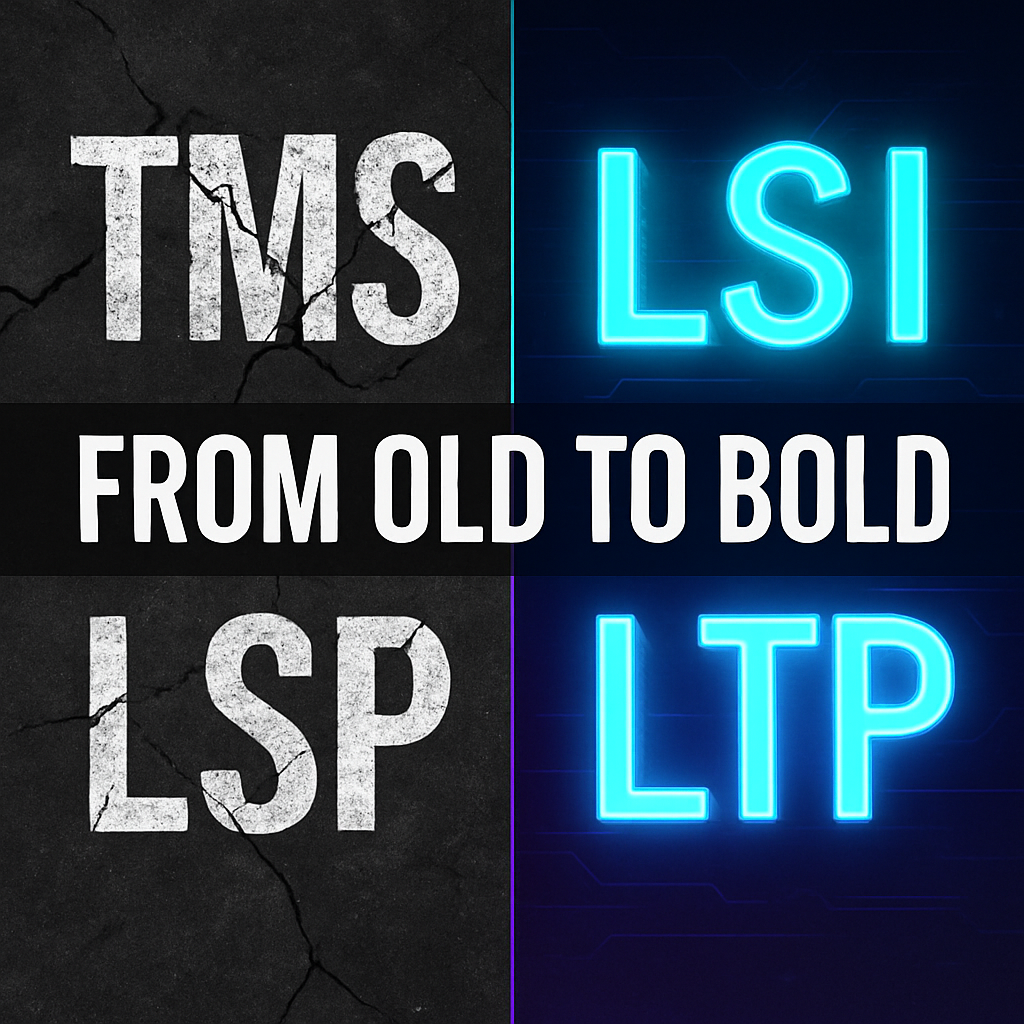Website translation connectors are one of the best technologies available for localization because they can automate a large part of the process. Website localization is a challenge because there can be hundreds of tasks to manage. Connectors facilitate these tasks by triggering jobs, uploading new content, and keeping everything moving behind the scenes. Connectors may be overlooked in favor of options that seem easier at first, like proxies. Due to cost, management, and maintenance issues, some will opt for a quick fix that doesn’t suit their project long term. However, if you understand the pros and cons of website translation connectors, you'll likely come to see the value of these options for your total localization approach.
What Are Website Translation Connectors?
Website translation connectors facilitate the importing and exporting of content as needed–it may seem minor, but it's a critical part of a localization automation strategy. To give you an idea of how it works, we can use our process as an example.
- The connector attaches the client's content management system for their website to our translation platform.
- The origin site is monitored for changes with jobs triggered by updates. The content is then sent through the connector to a translator.
- A linguist translates the content into the target language.
- New content is transferred back into the connector to be uploaded to the target language's subdomain.
This process is a seamless method of managing content in multiple languages as it allows consistent updates while minimizing the work for the project manager. Of course, it's important to remember that the website translation connector only facilitates the program. There are a lot of other components you'll need–from site architecture to automated linguist hiring–to create a near-turnkey system. For these reasons, some project managers leverage proxy servers instead. These programs place a mask over your content that translates it based on the viewer, but this system has some limitations. It's inflexible in that you can't change content for different markets and is also damaging to your SEO strategy as it creates temporary URLs that aren't Google crawler-friendly. Finally, it's a long-term investment because you'll have to consistently pay for hosting as you can't take the content with you if you choose to leave. Despite these limitations, some project managers still choose to go the proxy root because of the cons of website translation connectors. However, a quick comparison against the pros will show that they're far superior.
Pros and Cons of Connectors
No piece of translation technology is perfect, and website translation connectors are no exception. Deciding between them or proxies for a continuous localization approach will depend on if you believe the pros outweigh the cons.
Cons
Initial setup expense: Connectors won't do anything if you don't have the infrastructure and process for using them. This can be a long-term effort that's much more expensive than simply using a translation proxy. Maintenance: You have to ensure that whatever program you're running on is up to date with the connectors. For example, if you use Drupal, you'd have to make sure that your connector is supported before installing an update or you risk breaking the whole system.Content limitations: You're going to have to structure your files in a way where they'll be picked up by the connector. You'll have to start architecting your content around that structure as connectors are designed around predictable behaviors.Needed support: Unlike proxies, connectors don't work alone so you'll need a site architect and strategy to make them effective.
Pros
Flexibility by language: You can update pages individually to reach a specific target audience. You're not tied to the source translation content. This is not the case with proxy services. Enhanced SEO: SEO is the backbone of a website's success because it's how you funnel visitors to your page. Connector use preserves the SEO strategy and allows full control over metadata, variables, and content segmentation strategies. You can target the best keywords for the foreign audience rather than using poor-performing source language counterparts. Easy long-term management: After the initial setup, the program is easily managed. There will be maintenance, but it's minimal compared to other options.Mobility: When you use a program supported by connectors, you're not locked into a hosting contract. You can take your content with you and change sites as needed.Website translation connectors are the superior option for supporting a simplified localization management program. While they may require a bit more overhead in the beginning, their long-term results far outpace those of proxies. Connectors offer the support and flexibility you need to maximize your results across markets.
Unlock the power of glocalization with our Translation Management System.
Unlock the power of
with our Translation Management System.
















.avif)









.png)